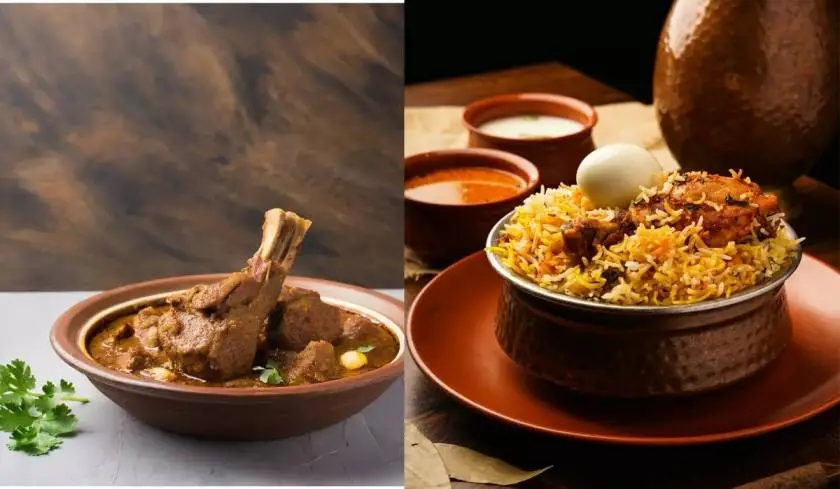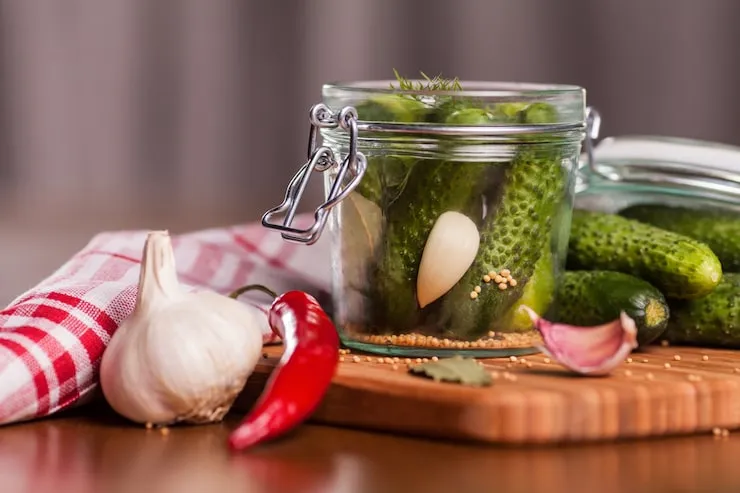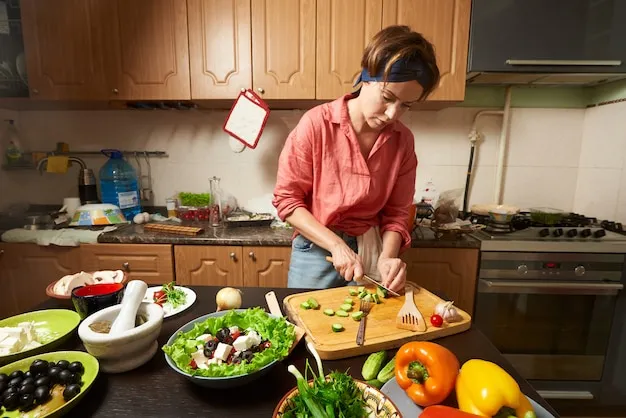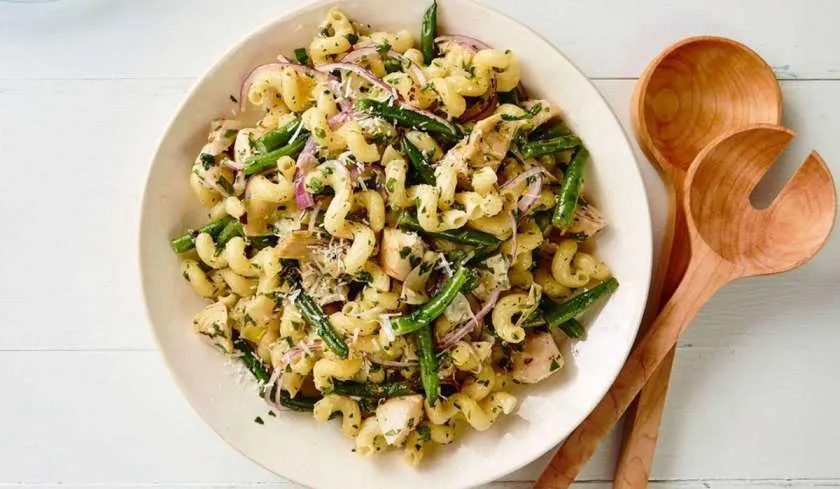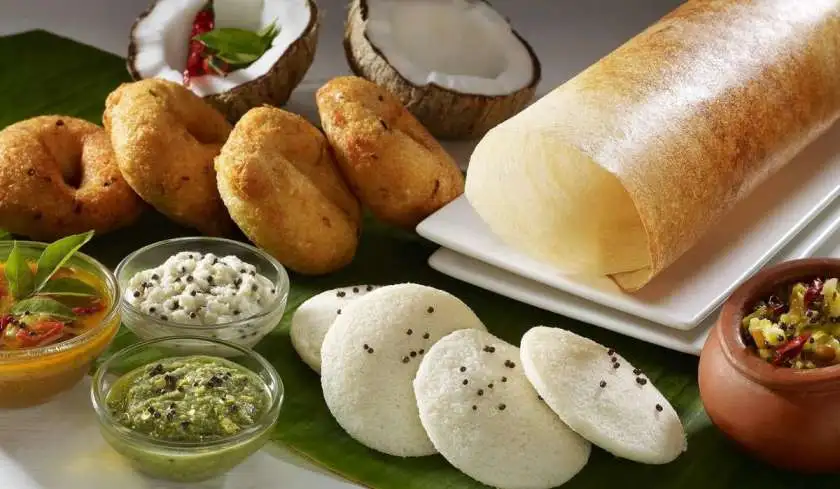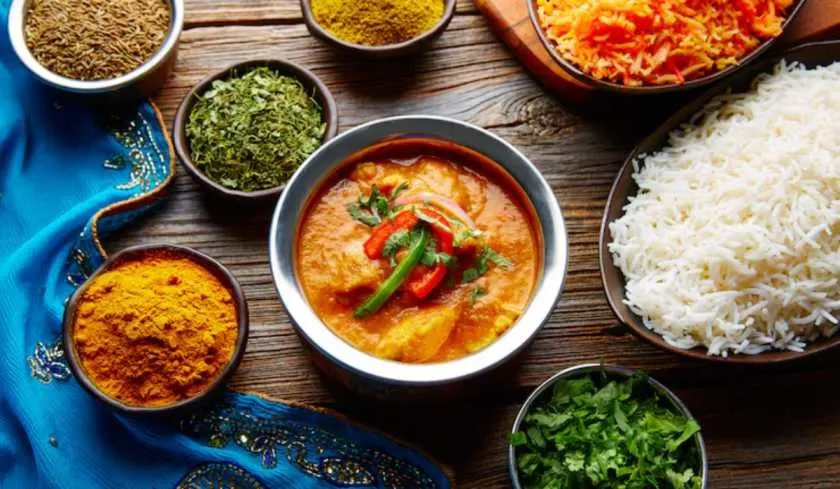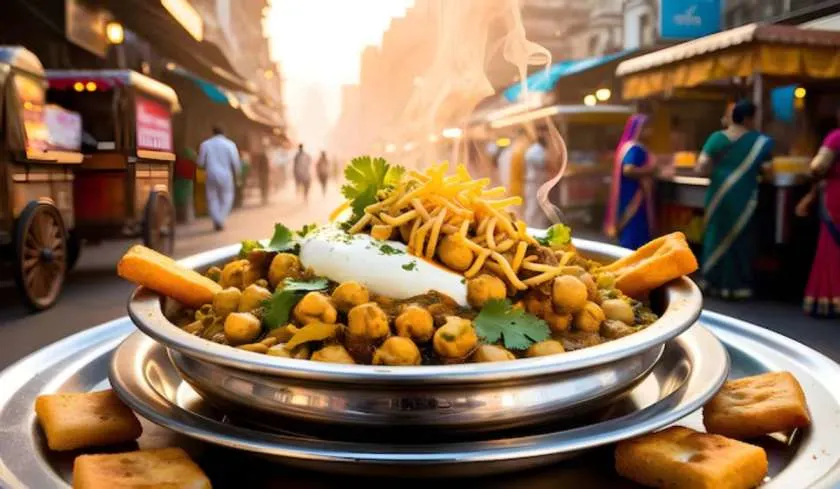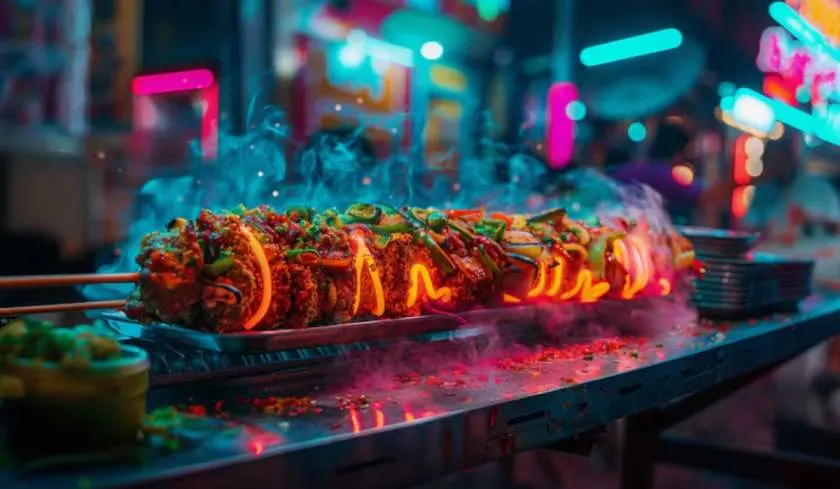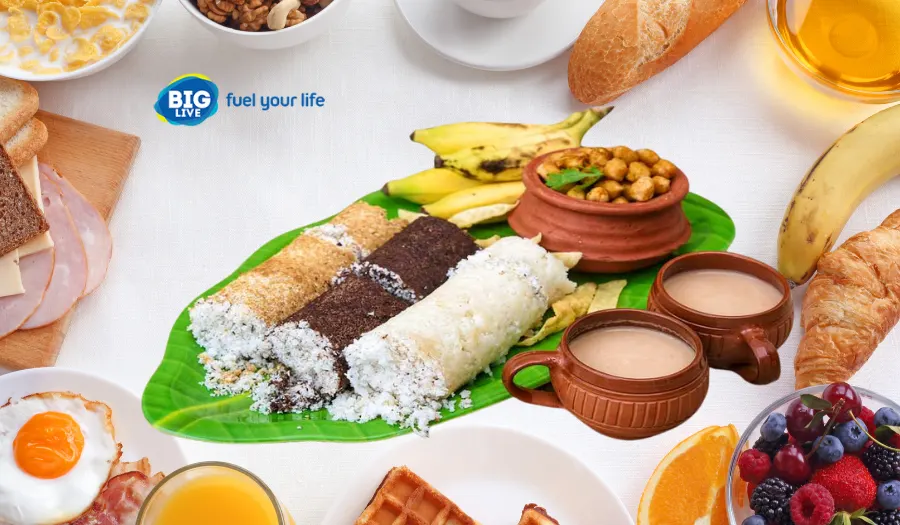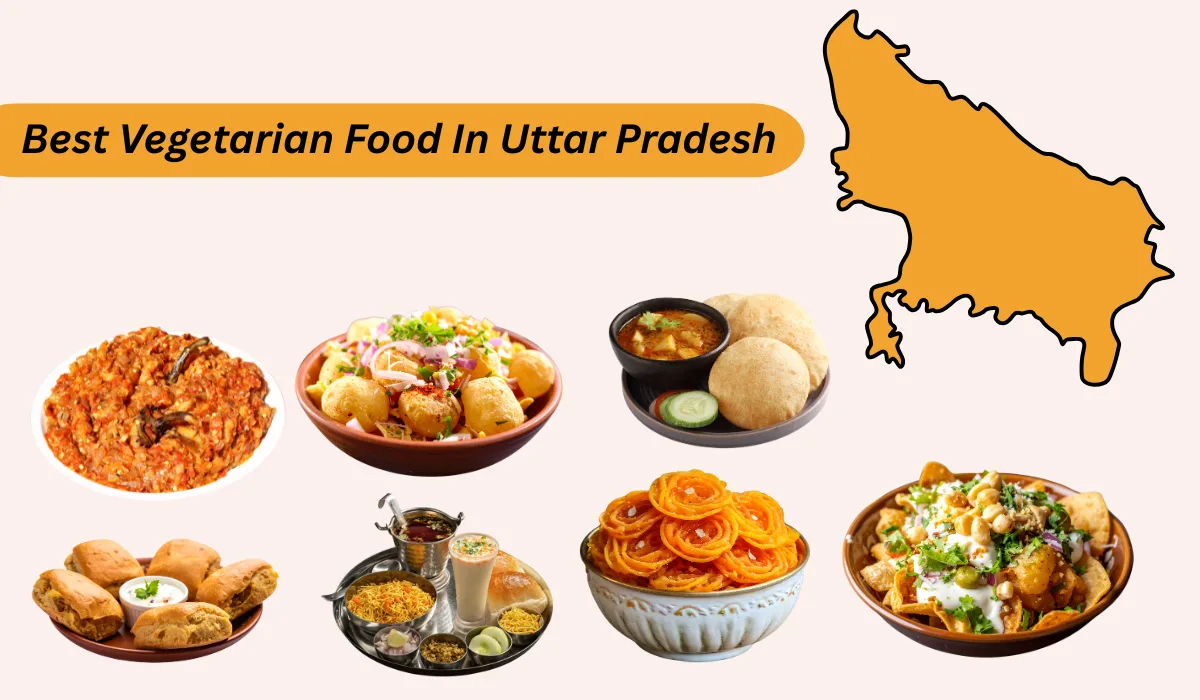The Mughlai tradition is one of the oldest cuisine of Delhi's. It has given rise to various dishes including kebabs, biryani and nihari. Chandni Chowk is considered a favorite hub for experiencing the flavors of these dishes. The Mughlai food is known for its biryanis & kebabs including seekh kebabs.
In the city, Nihari is considered a heritage food. Old Delhi's food not only satisfies the soul. But it is said to be a legacy. None of the traditional cuisines hold more historical weight than Mughlai cuisine. The food is rich and much satisfying.
Kebabs, biryani, and nihari are three pillars of this cuisine. This defines Delhi’s food identity. Dishes from the bylanes of Jama Masjid, Chitli Qabar, and Ballimaran have been served for Mughlai food Old Delhi.
Kebabs: The Smoky Signature of the Streets
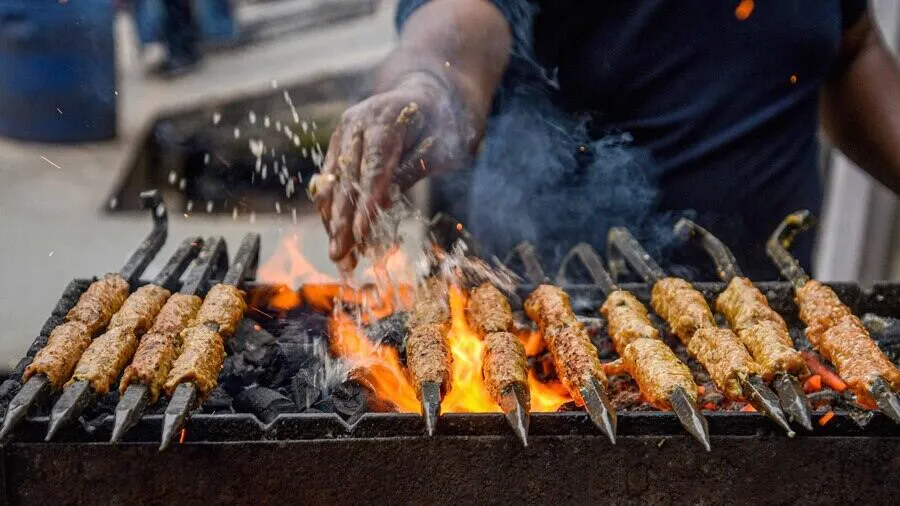
Read Also: Mutton Curry Recipe: A Flavorful Indian Classic
Origin of Kebabs in India
Kebabs are universally loved . Kebabs were originated in the East. The word kebab is a Persian and Turkish term which means roasted meat. In India, before making kebabs accessible to the public, they were refined by Mughals and Awadhis.
Mughals elevated kebabs into an art form. You can even capture the smoky essence of kebabs in your own kitchen by using a pan or an oven. The authentic taste to the kebab is added by Saffron and dried fruits.
Types of Kebabs Found in Old Delhi
- Shammi Kebab
They are finely ground meat which is mixed with chana dal and spices. They are shaped after they are fried in the pan. Often being served in the festivals. - Seekh Kebab
They are spiced, ground lamb or chicken rolled around iron skewers and grilled in a tandoor. They are juicy and are a street favorite. They are South Indian dishes. - Galouti Kebab
It is a dish of Lucknow. It was once created for a toothless Nawab in Lucknow as it can melt in the mouth. Later it was found in Delhi too. - Boti Kebab
These are made into cubes of meat, ground with yogurt and spices. - Suta Kebab
These type of kebabs are tied with thread to prevent them from falling apart while cooking.
Where to Eat the Best Kebabs in Old Delhi?
Jama masjid's Karim is possibly the most famous Mughlai dish in Delhi. They are famous for seekh and shammi kebabs. Jama Masjid's Qureshi kebab corner is famous for boti and suta kebabs. They are grilled over open charcoal flames which gives them a rich taste. Al Jawahar, famously known for galouti and shammi kebabs as they have a side of history.
Why Kebabs Matter?
Kebabs in Old Delhi are not just a street food but more than that. They show continuity on the streets. A ritual during weeding's and festivals like Ramadan is also reflected. It is an example of the patience and slow cooking while using the old methods.
Biryani: The Royal Rice of the Mughals
The Birth of Biryani
The name is derived from the Persian word birian which means frying before cooking . The Mughals brought biryani in India. It was later experimented with using Indian spices & flavors which created many regional varieties.
Biryani is layered with rice having different kinds of spices.. There are countless regional variants in Hyderabadi, Awadhi and Kolkata. In Old Delhi, Mughlai biryani is considered supreme.
What Makes Mughlai Biryani Unique?
- The meat is slow cooked which makes the taste unique. Using rich ingredients like saffron, almonds, and yogurt.
- A silky mouthfeel from ghee essence is felt when there is a balance between the flavors.
Where to Eat Biryani in Old Delhi
- Chitli Qabar's Dilpasand biryani has loyal customers. Their chicken and mutton biryanis are lightly spiced and always served hot.
- The mutton biryani of Al Jawahar is richly garnished with onions.
- Karim is not very well known for biryani but its Mughlai biryani is soul satisfying.
- Lal Kuan's Pehalwan biryaniwale is famous for giving a local biryani experience.
Biryani as Celebration
Biryani is not just a dish it’s an event. In Old Delhi, it is:
- A must-have during Eid celebrations
- Served at weddings and community feasts
- Ordered by office-goers and families alike for its affordable luxury
Each bite contains the richness of the Mughal courts and the soul of Old Delhi’s street culture.
You May Also Like: Vada Pav and Monsoon Magic: Mumbai’s Street Food Romance
Nihari: The Soul-Warming Stew of the Mughals
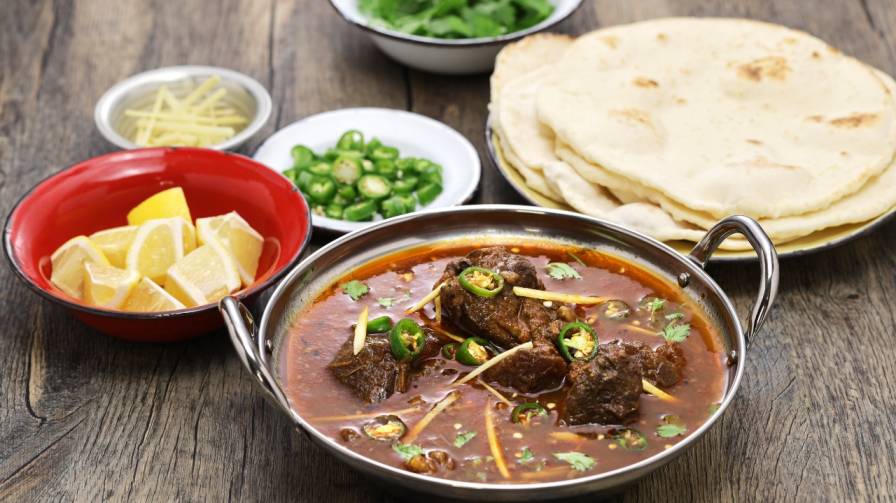
What is Nihari?
Nihari is often slowly cooked. It was originated by the Mughal Empires. It is prepared overnight and was earlier served to the Mughals. It serves as a healthy and energetic breakfast. The word nihari means Nahar which means morning.
It is usually made from beef or lamb. It has thick flavored gravy. The consistency of the gravy is achieved by adding wheat flour at the end of the Old Delhi kebabs.
Why It's So Special?
- It is usually cooked overnight.
- It Contains chicken and bone marrow which gives it a rich body taste.
- Served with khameeri roti, a bread that balances the rich taste and flavors.
- It has a topping of fried onions, lemon juice, green chilies, and Mughlai food Old Delhi.
Best Nihari Spots in Old Delhi
- Jama Masjid's Kallu Nihari is known for beef nihari being cooked overnight.
- Chitli Qabar's Haji Shabrati Nihariwale was established in 1950. Their nihari biryani has a loyal fan base.
- Matia Mahal's Jahangir hotel serves cleaner and more traditional dishes.
- Sabri Nihari is known for both mutton and buffalo nihari, which is eaten during Ramadan.
Conclusion: A Living Legacy in Every Bite
Mughlai cuisine is not food, it is often served ground with spices and is cooked overnight. In Old Delhi the seekh kababs are sold in small stalls and eateries. Whether it’s the bite of a kebab, the fragrant spoonful of biryani, or the comforting warmth of nihari, each dish connects you to a past of emperors. It shows a present of shared streets and a future that Mughlai cuisine Delhi.



